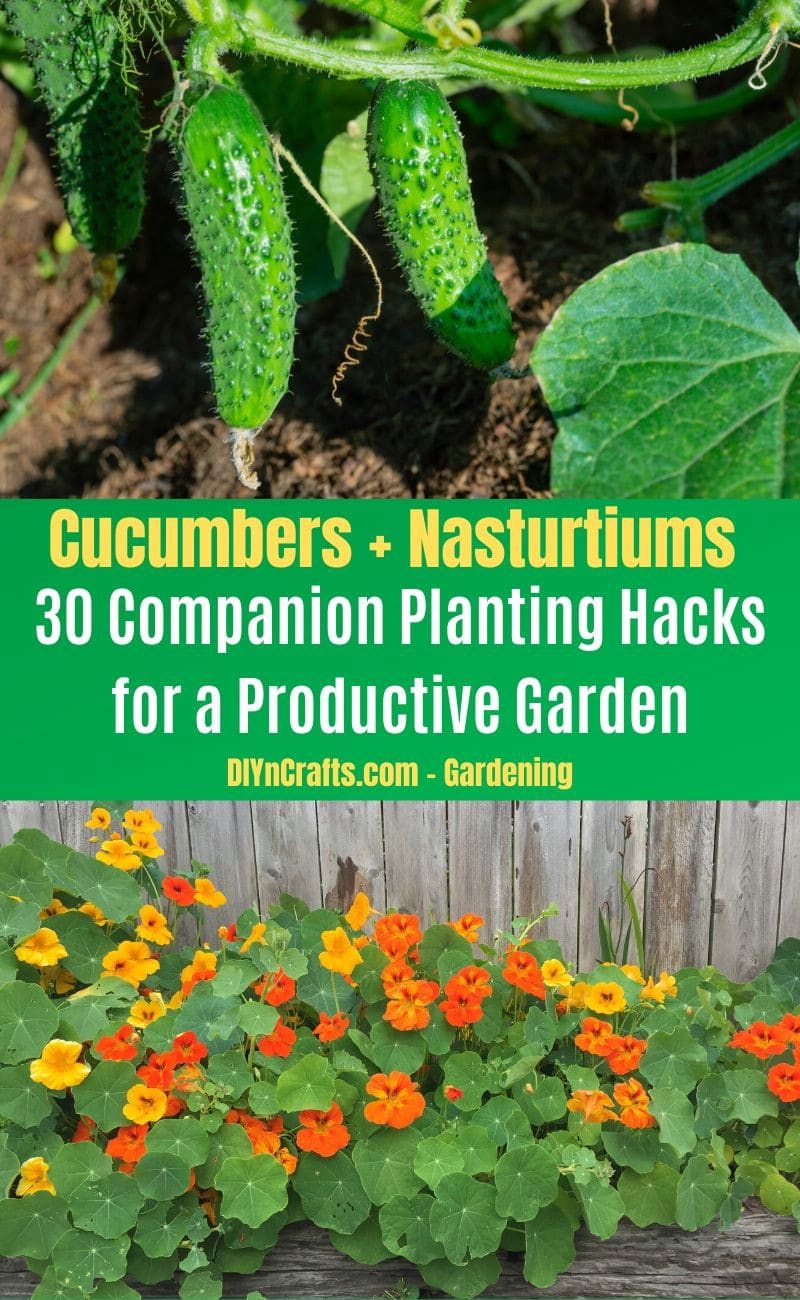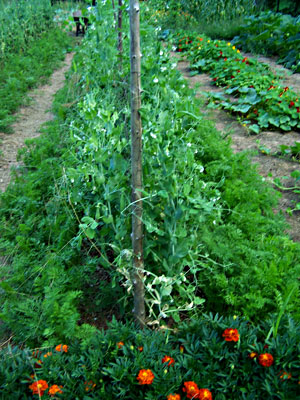Grow A More Bountiful Garden With Companion Planting
Grow a More Bountiful Garden with Companion Planting
Companion planting is a gardening technique that involves planting certain plants together to benefit each other. By carefully selecting your plant companions, you can improve the growth, health, and productivity of your garden.
There are many different benefits to companion planting. Some of the most common include:
- Attracting beneficial insects: Many companion plants attract beneficial insects, such as ladybugs, hoverflies, and lacewings. These insects help to control pests, such as aphids, caterpillars, and spider mites.
- Repelling pests: Some companion plants release chemicals that repel pests. For example, marigolds repel nematodes, while mint repels mosquitoes.
- Improving soil health: Companion plants can help to improve soil health by adding nutrients, breaking down organic matter, and suppressing weeds.
- Increased pollination: Some companion plants attract pollinators, such as bees and butterflies. These pollinators help to increase the pollination of your crops, which can lead to a higher yield.
- Improved flavor: Some companion plants can improve the flavor of other plants. For example, planting basil near tomatoes can help to enhance the flavor of the tomatoes.
If you're new to companion planting, there are a few things you need to know. First, you need to choose the right plants to plant together. There are many different resources available that can help you with this, such as books, websites, and gardening magazines.
Once you've chosen your plants, you need to plant them in the right way. Some companion plants need to be planted close together, while others need to be planted further apart. You also need to make sure that the plants you're planting have similar water and sunlight requirements.
With a little planning, you can use companion planting to create a thriving and productive garden. Here are some of the most popular companion planting combinations:
- Beans and corn: Beans fix nitrogen in the soil, which benefits the corn. Corn provides shade for the beans, which helps to protect them from pests.
- Carrots and onions: Carrots repel onion fly, while onions repel carrot root fly.
- Lettuce and tomatoes: Lettuce shades the soil around tomatoes, which helps to keep the soil cool and moist. Tomatoes provide support for lettuce.
- Marigolds and tomatoes: Marigolds repel nematodes, which can damage tomatoes.
- Peas and beans: Peas fix nitrogen in the soil, which benefits the beans. Beans provide support for peas.
These are just a few of the many beneficial companion planting combinations. With a little research, you can find the perfect companion plants for your garden.
The Best Companion Vegetables
When it comes to growing vegetables, there are a few things you can do to help ensure a bountiful harvest. One of the most important is to plant companion vegetables together. Companion planting is the practice of planting certain vegetables near each other to benefit each other's growth.
There are many different companion vegetable combinations, but some of the most popular include:
- Carrots and tomatoes: Carrots help to repel pests that can damage tomatoes, while tomatoes provide support for carrots.
- Beans and peas: Beans and peas fix nitrogen in the soil, which benefits other plants. They also help to suppress weeds.
- Lettuce and spinach: Lettuce and spinach help to shade the soil, which keeps it cool and moist. They also attract beneficial insects.
- Cucumbers and nasturtiums: Nasturtiums help to repel pests that can damage cucumbers. They also attract pollinators.
If you're interested in learning more about companion planting, I recommend visiting Gardenia Inspiration. This website has a comprehensive list of companion vegetable combinations, as well as tips on how to plant them together.
FAQ of best companion vegetables
Q: What are companion vegetables?
A: Companion vegetables are plants that are grown together in the same garden because they benefit each other in some way. For example, some companion vegetables attract beneficial insects that help to control pests, while others help to improve the soil or deter pests.
Q: What are some of the best companion vegetables?
A: Here are some of the most popular companion vegetables:
- Tomatoes and basil: Basil repels certain insect pests such as thrips and also disorientates moths which lay tomato hornworms.
- Carrots and onions: Carrots help to repel onion maggots, while onions help to repel carrot rust flies.
- Beans and corn: Beans fix nitrogen in the soil, which benefits corn. Corn provides shade for beans, which helps to keep them cool and prevent them from bolting.
- Lettuce and marigolds: Marigolds help to repel aphids, which can be a problem for lettuce.
- Peas and cucumbers: Peas help to improve the soil structure, which benefits cucumbers. Cucumbers provide shade for peas, which helps to keep them cool.
Q: How close together should companion vegetables be planted?
A: The ideal distance between companion vegetables will vary depending on the specific plants involved. However, as a general rule of thumb, plants that are known to be beneficial companions should be planted within two or three rows of each other.
Q: What are some of the benefits of companion planting?
A: There are many benefits to companion planting, including:
- Reduced pest and disease problems: Companion plants can help to attract beneficial insects that help to control pests, and they can also help to deter pests.
- Improved soil quality: Some companion plants can help to improve the soil structure and fertility, which can benefit all of the plants in the garden.
- Increased yields: Companion planting can sometimes lead to increased yields, as the plants benefit from each other's presence.
- Enhanced beauty: Companion plants can also add beauty to the garden, as they can be used to create attractive and functional borders.
Image of best companion vegetables
- Tomatoes and basil: Basil repels thrips, as mentioned above. It also attracts pollinators, such as bees and butterflies, which help to improve fruit set.
- Cucumbers and nasturtiums: Nasturtiums help to deter aphids, which are a common pest of cucumbers. They also attract beneficial insects, such as ladybugs, which help to control other pests.

- Peas and carrots: Peas fix nitrogen in the soil, which benefits carrots. Carrots help to suppress weeds, which can compete with peas for water and nutrients.

- Beans and corn: Beans fix nitrogen in the soil, which benefits corn. Corn provides a trellis for beans to climb, which frees up space in the garden.

- Marigolds and anything: Marigolds are a great companion plant for just about anything. They help to deter a wide range of pests, including nematodes, aphids, and whiteflies.

Post a Comment for "Grow A More Bountiful Garden With Companion Planting"